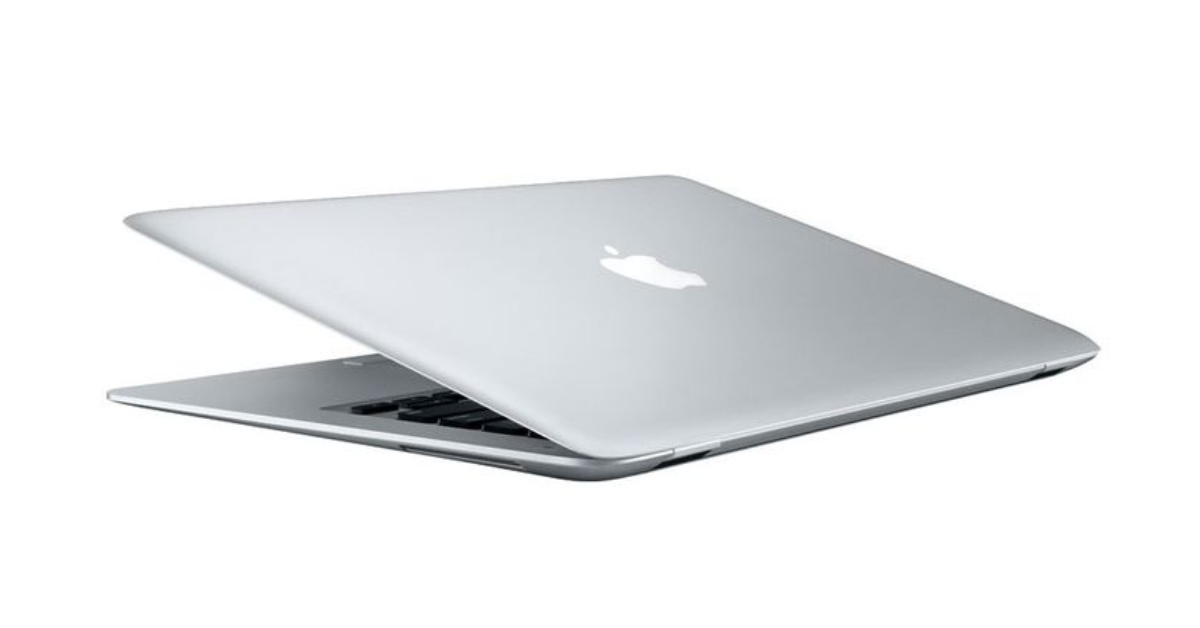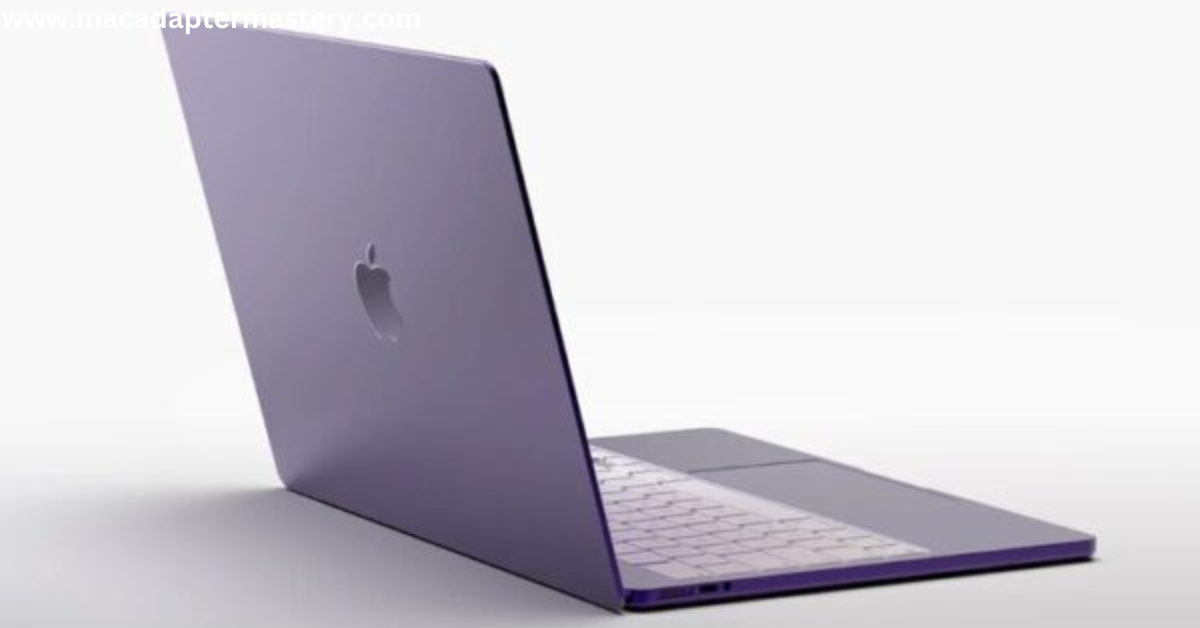MacBooks, renowned for their quality and durability, serve as versatile tools for various tasks such as video calls, meetings, document editing and more. However, like any electronic device, MacBooks are susceptible to temperature influences, prompting the question: how does temperature impact these sleek machines? In this guide, we’ll delve into the effects of temperature extremes on MacBooks, covering essential details to ensure optimal performance.
Table of Contents
- Is It OK for a MacBook To Get Cold or Hot?
- What Temperature Is Too Cold or Hot for a MacBook?
- What Happens if a MacBook Gets Too Cold or Hot?
- FAQs
- Conclusion
Is It OK for a MacBook To Get Cold or Hot?
Before we explore the specifics of temperature impact, it’s crucial to acknowledge that MacBooks might operate outside the recommended temperature range during regular use. Booting up and utilizing your MacBook may not always align with ideal temperature conditions. Yet, prolonged exposure to extreme cold or heat can lead to component damage and, in some cases, permanent system failure.
Pitfalls of Temperature Extremes
While your MacBook might function briefly outside the optimal temperature range, it’s essential to be cautious. Abruptly changing the temperature can bring about challenges, affecting the efficiency of sensitive electronic components. If possible, limit laptop usage under extreme temperatures to prevent potential long-term damage.
What Temperature Is Too Cold or Hot for a MacBook?
Apple provides clear guidelines on MacBook temperature limits, offering users a comprehensive understanding. According to Apple’s user manual, the recommended ambient temperature range is 50℉ to 95℉ (10℃ to 35℃), complying with international safety standards. While brief exposure to extreme temperatures might be tolerated, operating your MacBook consistently beyond this range increases the risk of hardware issues.
What Happens if a MacBook Gets Too Cold or Hot?
Understanding the repercussions of extreme temperatures is vital to maintaining your MacBook’s health.
Extreme Cold
Storing a MacBook outside the recommended temperature range (-13℉ to 113℉ or -25℃ to 45℃) can render it inefficient or prevent it from starting. Extended exposure to cold may lead to battery freezing, causing cracking or expansion, presenting dangers similar to a broken battery. Moisture accumulation in the form of frost can further damage internal circuitry if not addressed before turning on the device.
Extreme Heat
Operating your MacBook in scorching temperatures poses risks to various components, especially the battery, which may melt or expand. High heat can impact heat-generating components like the central processor, potentially leading to inefficient sensor function and shutdowns to protect the device.

FAQs
Can I Leave My MacBook in My Car or Car Trunk?
While Apple’s storage temperature guidelines suggest it’s acceptable to leave a MacBook in a car for a short time, exercising caution based on external temperatures is advisable. Avoid exposing it to freezing conditions or direct sunlight on hot days.
Can I Use My MacBook on My Bed?
Using a MacBook on a bed is acceptable with a portable laptop table. However, placing it directly on your lap or covers obstructs airflow vents, risking internal components overheating.
Is It OK To Use My MacBook Outside?
Using your MacBook outdoors is generally safe within average ambient operating temperatures, minimizing risks associated with extreme temperature exposure.
Conclusion
In conclusion, MacBooks thrive when operated within the recommended temperature range. While these robust devices can endure brief exposure to extreme conditions, extended periods may lead to performance issues. Prioritize allowing your MacBook to warm up or cool down for several hours before resuming operation to ensure longevity and optimal performance.

